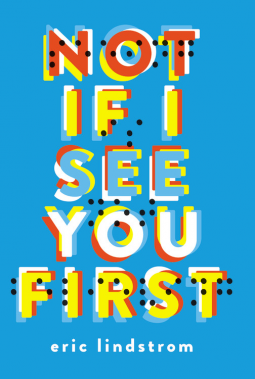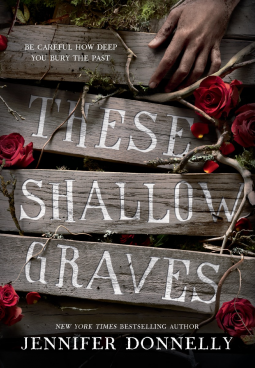 I do love the holidays beginning with the goblins of Halloween; building through the gratefulness of Thanksgiving; borrowing the nightly candle-lighting from a Jewish friend’s Facebook Hanukkah posts; cooking, decorating, and singing Christmas; money cabbage and good luck black-eyed peas for New Year’s; and continuing right on through the King Cake of Mardi Gras in Louisiana and South Mississippi.
I do love the holidays beginning with the goblins of Halloween; building through the gratefulness of Thanksgiving; borrowing the nightly candle-lighting from a Jewish friend’s Facebook Hanukkah posts; cooking, decorating, and singing Christmas; money cabbage and good luck black-eyed peas for New Year’s; and continuing right on through the King Cake of Mardi Gras in Louisiana and South Mississippi.
In the current segment, you will not be surprised that books are part of my Christmas décor – several versions of A Christmas Carol; Patricia and Frederick McKissak’s Christmas in the Big House: Christmas in the Quarters; Katherine Paterson’s A Midnight Clear: Stories for the Christmas Season; and Jimmy Carter’s Christmas in Plains – to name a few. To be sure I don’t miss anything, there’s the Encyclopedia of Christmas. Contain your shock when I tell you I got distracted from decorating as I thumbed through this final book finding colleagues of Santa Claus – Black Peter in the Netherlands, Babushka and Grandfather Frost in Russia, and La Befana in Italy.
Then I stumbled on the story of England’s Boxing Day which brought a memory of the Church of England’s assistant to the chaplain during the days when Al worked at SHAPE Headquarters. In her tradition, Christmas Day was for family and Boxing Day on the 26th for friends. She and her husband hosted her officemates who were assistants to the American Protestant (Al) and Catholic chaplains on this extra day of celebration. She included their wives in the dinner invitation, and I did not object. Like I said, I love celebrations.
So is there a point here? Maybe. This brings me to my own weird take on a current discussion. If you wish me a “Merry Christmas,” I will appreciate it and probably wish you one in return, assuming you hope I have a joy-filled December 25th. On the other hand, if you wish me “Happy Holidays,” I will assume you hope I will enjoy every day from Halloween through Mardi Gras, maybe even all the way to Easter, including the ones I’ve borrowed from someone else.
With that understanding in mind, I wish all of you happy holidays, not to lessen the “merry” in your Christmas, but in the hope that your joy in all the holidays you celebrate will last a very long time.































